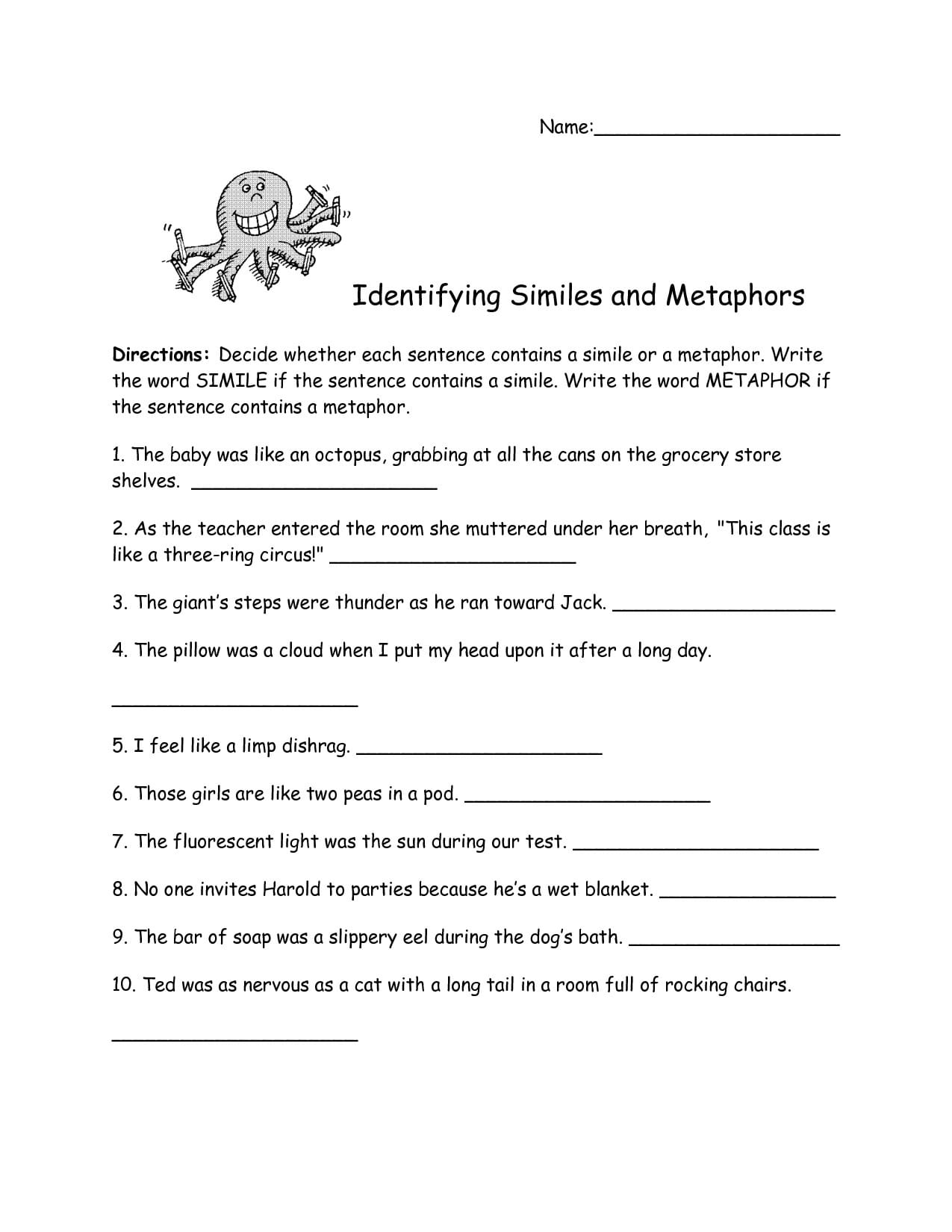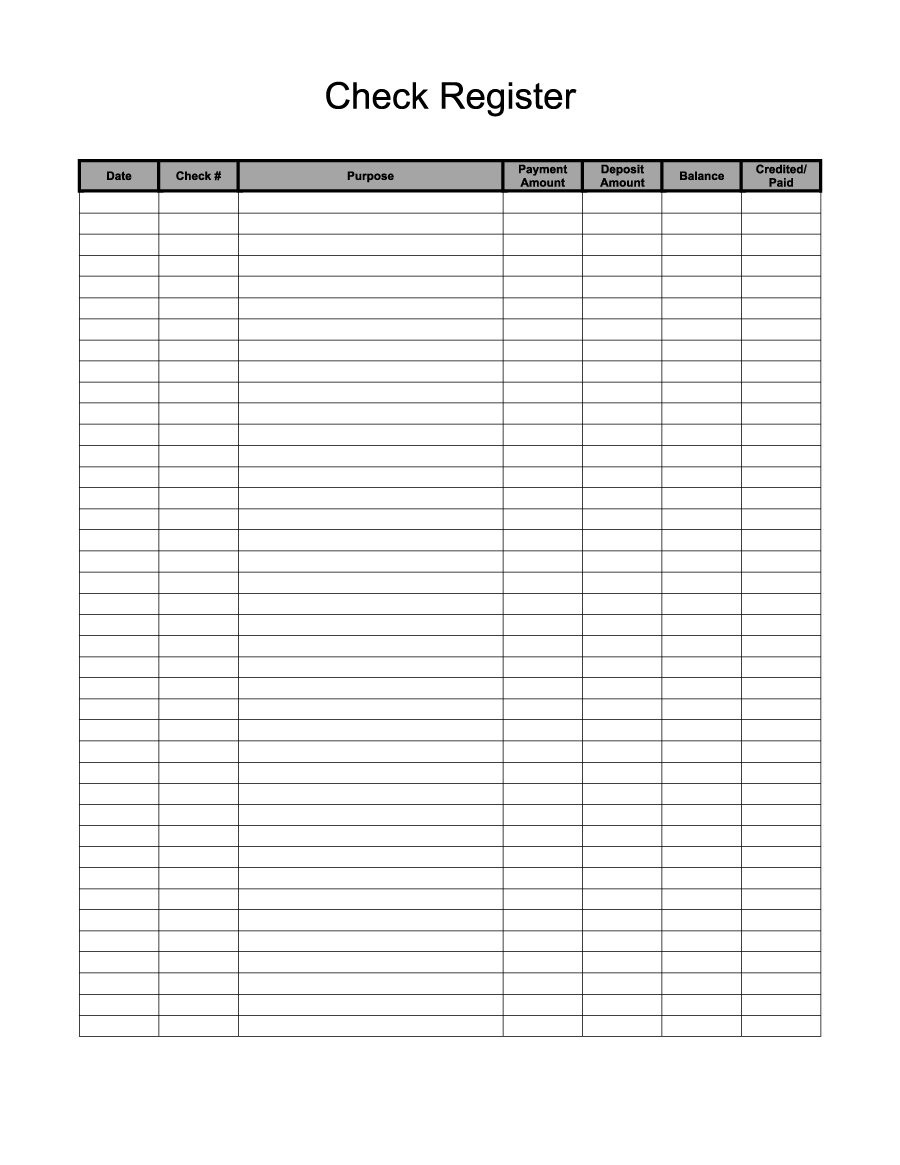
– TRUE is the Range_lookup and the fourth argument. – 2 is the Col_index_num from our Table_array and the third argument. – The cell range $H2$2:$I$5 is our Table_array and the second argument. – Cell D2 is our first argument called Lookup_value. – This represents the VLOOKUP formula in Cell E2. It provides an input value for the Excel function. If you’re familiar with the Excel formula bar, an argument is what goes in between the parentheses ( ). The term “ argument” isn’t as complicated or negative as it sounds. In this illustration, I’ve clicked cell D2. Let’s peel away some of the mystery and display how VLOOKUP shows in the Excel formula bar.

The column headings and cell contents can be different and don’t have to be an exact match.

In this case, 54 falls between 39 and 59, so she is also labeled “Mature.”Īs we stated, to use the VLOOKUP function, there needs to be a common key. I’m telling Excel to find me the closest age.įor example, the next voter Evelyn Bennett is 54, but there is no value for 54 in Column H. It doesn’t have to because I’m using an approximate match. You might notice that the lookup table doesn’t list every age. The returned value of “Mature” was then copied to cell E2, the Segment. When Excel found an approximate match, it would go to Column I and get the Label. Both columns D and H contain age data, which is our common key. In Sophia’s case, Excel would take her age of 43 from cell D2 and return the closest match from Column H. The way my “Segment” works is if a voter is under 21, they are “New.” From 21-38, they are “Young.” From 39-59, they are “Mature.” And if they are 60 or older, they are “Senior.” This is where I’ve defined my 4 age segments of: New, Young, Mature, and Senior. Microsoft refers to this as a table_array. The small table in Columns H and I with blue headings is the lookup table. This is because the value of “ Mature” in Column E was dynamically pulled in using Excel’s VLOOKUP function. If you scan across to Column D (Age), you’ll see she is 43 years old and in the “Mature” segment. Let’s refer to the screenshot above with my first fictitious voter, Sophia Collins. Rather than showing a voter was 28, I would define them as “Young.” Pin Using VLOOKUP to determine voter Age Segments Excel would do a vertical lookup that returns the matching value from one column to the desired cell. Instead, I decided to create a segment based on age ranges and a lookup formula. However, I didn’t want the voter’s birth date to show on the final distributed files. One cell reference contains the voter’s birth date.
#Practice sheets for excel registration#
I often get assigned the data analysis of the voter registration file. Periodically, I’ve volunteered to work on local elections. Excel VLOOKUP Example – Approximate Match You might have your own examples such as retrieving data using a shopkeeping unit (SKU), ISBN if you deal with books, part numbers, etc. This allows me to concentrate on one worksheet with just the data I need. Again, Microsoft Excel does the heavy lifting. Using this common key, I can create a new spreadsheet and pull only the needed columns from each tool using the VLOOKUP function. In this case, all the data files from my analysis tools have a field for the page URL such as. The solution is to find a common denominator or key between these worksheets. Moreover, I want to do some of my own calculations using other Excel formulas. I don’t want to be switching between each sheet because that’s not efficient. The problem is I have five worksheets in this workbook. Each tool has its own file that I use to create a sheet within a workbook. When I do website analysis, I use several tools. Let’s put these terms in context and give a real example of where and how the arguments might be used. In addition, the function allows you to specify whether to use an exact match or an approximate match. The function requires a common field or key and four arguments. This lookup column could be on the same worksheet you’re viewing or another within your workbook. As you might guess, the “V” stands for vertical and relies on looking up data from the leftmost column of a lookup table. VLOOKUP is an Excel function that allows you to search and retrieve a cell’s content from one column and use it in another location to retrieve data.

This VLOOKUP tutorial will provide two examples using different arguments and lookup values. When it comes to learning Microsoft Excel formulas and functions, I like to start with an easy example. But sometimes, pushing through difficulties can make things easier in the long run. It looked too difficult, and I couldn’t see the immediate benefit. VLOOKUP(lookup_value,table_array,col_index_num,) When I first heard about this powerful Excel function in 2005, I took a look at the help file and syntax. Excel VLOOKUP Example – Multiple Spreadsheets & Exact Match.Excel VLOOKUP Example – Approximate Match.


 0 kommentar(er)
0 kommentar(er)
